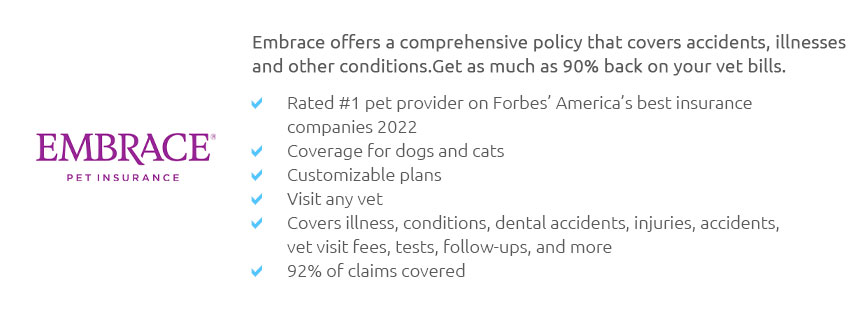 |
 |
 |
 |
 |
 |
|
 |
|
 |
|
 |
|
 |
|
 |
 |
 |
 |
 |
 |
 |
 |
Understanding the Cost of Dog Insurance: A Comprehensive GuideWhen it comes to caring for our beloved canine companions, their health and well-being are paramount. This is where dog insurance comes into play. However, understanding the cost of dog insurance can be a bit daunting. Let's delve into the intricacies of this crucial aspect of pet care, weighing its pros and cons, and providing insights into the factors influencing these costs. Firstly, it's essential to recognize that the cost of dog insurance varies significantly based on several factors, including your dog's breed, age, and health history. For instance, insuring a young, mixed-breed dog often costs less than insuring an older, purebred dog due to the latter's predisposition to genetic health issues. Monthly premiums can range from $20 to over $100, depending on coverage levels and deductible choices. Pros of Dog Insurance are numerous. Primarily, it offers peace of mind, knowing that financial barriers won't impede necessary medical treatments. It can cover a wide array of services, from routine check-ups to emergency surgeries. Additionally, many policies offer the flexibility to choose your veterinarian, ensuring continuity of care. However, there are cons to consider. Premiums can be expensive, especially for breeds prone to health issues. Furthermore, not all treatments are covered. Pre-existing conditions are typically excluded, and some policies may not cover routine care unless an additional premium is paid. Ultimately, the decision to insure your dog hinges on balancing these factors against your financial situation and your pet's health needs. While some may view it as an unnecessary expense, others see it as a vital component of responsible pet ownership. Frequently Asked QuestionsWhat factors influence the cost of dog insurance? Several factors influence the cost, including the dog's breed, age, health history, and the chosen level of coverage and deductible. Is dog insurance worth it? It can be worth it for peace of mind and financial security, especially if your pet is prone to health issues or accidents. Are all veterinary services covered by dog insurance? Not all services are covered. Routine care and pre-existing conditions are often excluded, and specific coverage depends on the policy. How can I reduce the cost of dog insurance? You can reduce costs by choosing a higher deductible, maintaining your dog's health, and comparing policies to find the best fit for your budget and needs. https://www.nerdwallet.com/article/insurance/cost-of-pet-insurance
How Much Does Pet Insurance Cost? - The average cost of dog insurance is $676 per year, or about $56 per month. - The average cost of cat ... https://www.allstate.com/resources/pet-insurance/how-much-does-pet-insurance-cost
For these reasons, the average insurance cost for dogs ranges widely from about $25 to almost $280 a month, adds U.S. News. Ultimately, though, costs are ...
|